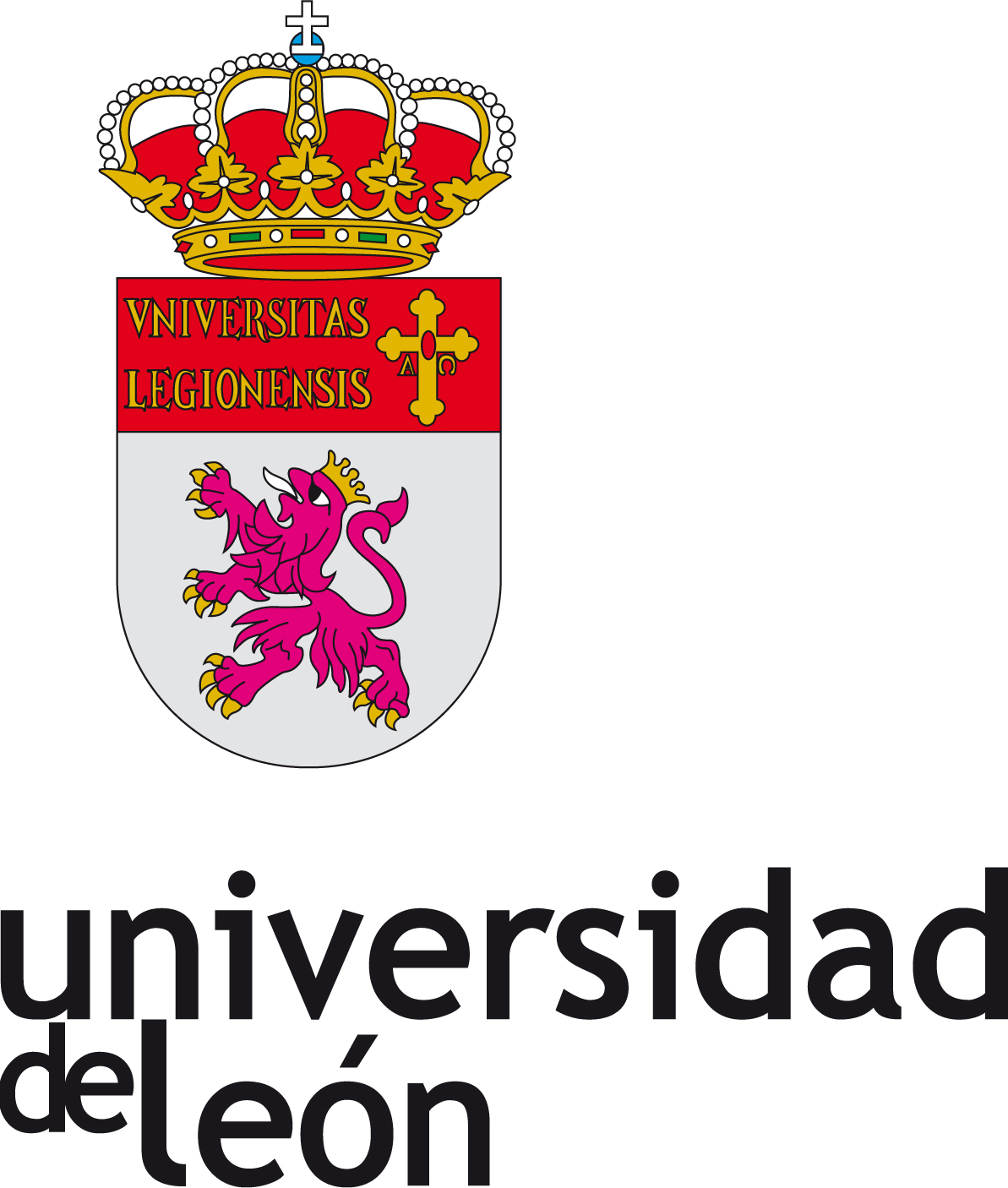Compartir
Título
The European union’s 2010 target: Putting rare species in focus
Autor
Facultad/Centro
Área de conocimiento
Cita Bibliográfica
Biological conservation, 2007, n. 139
Editorial
Elsevier
Fecha
2007-08-08
Resumen
The European Union has adopted the ambitious target of halting the loss of biodiversity by
2010. Several indicators have been proposed to assess progress towards the 2010 target, two
of them addressing directly the issue of species decline. In Europe, the Fauna Europaea
database gives an insight into the patterns of distribution of a total dataset of 130,000 terrestrial
and freshwater species without taxonomic bias, and provide a unique opportunity
to assess the feasibility of the 2010 target. It shows that the vast majority of European species
are rare, in the sense that they have a restricted range. Considering this, the paper discusses
whether the 2010 target indicators really cover the species most at risk of extinction.
The analysis of a list of 62 globally extinct European taxa shows that most contemporary
extinctions have affected narrow-range taxa or taxa with strict ecological requirements.
Indeed, most European species listed as threatened in the IUCN Red List are narrow-range
species. Conversely, there are as many wide-range species as narrow-range endemics in
the list of protected species in Europe (Bird and Habitat Directives). The subset of
biodiversity captured by the 2010 target indicators should be representative of the whole
biodiversity in terms of patterns of distribution and abundance. Indicators should not overlook
a core characteristic of biodiversity, i.e. the large number of narrow-range species and
their intrinsic vulnerability. With ill-selected indicator species, the extinction of narrowrange
endemics would go unnoticed
Materia
Palabras clave
Peer review
SI
URI
Aparece en las colecciones
- Artículos [5503]














